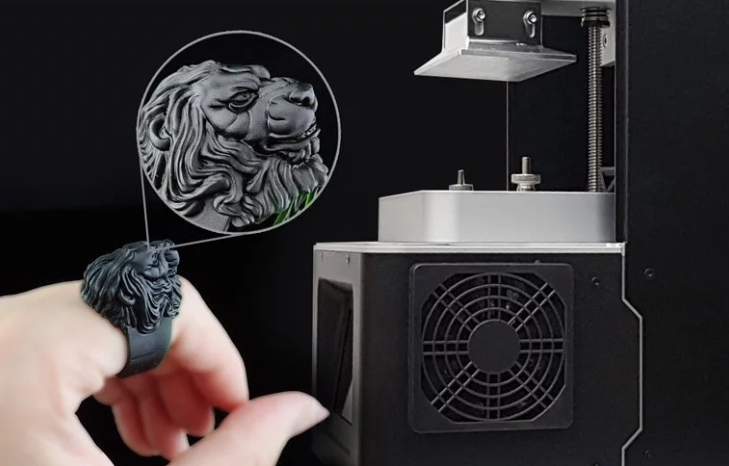If you’re used to FDM printing, then you may be in for a surprise with DLP resin printing. Resin printing is a completely new ballgame than FDM printing. First off, their process is different. Instead of extruding material to lay down layer by layer, resin printing involves solidifying each layer simultaneously thanks to its digital light projector screen technology.
Both 3D printing methods also have different capabilities. How do you know which 3D printer will be appropriate for your purpose? Here are 3 reasons why resin printing is the best for you.
1. If you’re experienced in 3D printing
Resin printing is the next level of 3D printing after FDM/FFF printing. It has a steep learning curve, so you need to be well-versed in 3D printing already. Resin is also more expensive than FDM printing, so it will be best to experiment with the latter first so that it will be cheaper to make mistakes.
2. If you like extremely detailed prints
Resin printing produces prints of high resolution and accuracy at the expense of the size, making it perfect for wargaming pieces, miniature models, prototypes, fashion accessories, and molds. Their prints also tend to be brittle, so resin printing is not advisable for parts that are functional or will be exposed under the sun.
3. If you have the resources for it
Resin printing requires a lot of materials unlike with FDM printing. Typically, all you need with FDM 3D printing are the printer, filaments, bed adhesives, STL files, slicer program, and anything you’ll require for post-processing. With resin printing, you’ll require so much more. You’ll need:
- Resin printer
- Resin (such as Rapid Resin, Flex Resin, or Phrozen Resin)
- Printer accessories
- Latex gloves
- Design files
- Slicer program
- Resin cleaners
- Soft brush for cleaning the print
- FEP films
- Paper towels where you’ll be putting the resin prints to dry
- Towels for spillages
- Funnel for pouring back the resin if the print fails
- Scraper for removing failed prints from the FEP sheet
- UV light for curing
These are only the basics for resin printing. Some printers require more equipment and materials.
There are also more steps to do when resin printing however, the quality of the prints is far greater, whereas with FDM printing, there is only printing and then post-processing. Suffice it to say, plenty of time, patience and space are needed if you want to start resin printing. It is worth all the time and work as you can achieve superior results if you do it correctly.
Upgrade your 3D printing skills by switching to resin printing!
For prints that have a smoother finish, higher resolution and accuracy, and faster print time, switch to resin printing. Now’s the perfect time with the launch of Phrozen resin printers. Phrozen 3D printers are easy to use and cost-effective with its high-resolution prints and variety of options for users. For inquiries, you can call or email us.

